Lesson Plans
We want the process of incorporating BIPOC voices and building an anti-racist classroom to be as accessible to educators as possible. That’s why our lesson plans are aligned with national education standards, designed to be flexibly integrated into your existing class curriculum, and include a variety of activities (including interactive slides that can be shared with your students). Whether you use these as stand-alone lessons or adopt a whole lesson plan series, we hope these resources will help you build an empowering community alongside your students. Check back often, we are always releasing new lesson plans!
Grade Level Standards Met
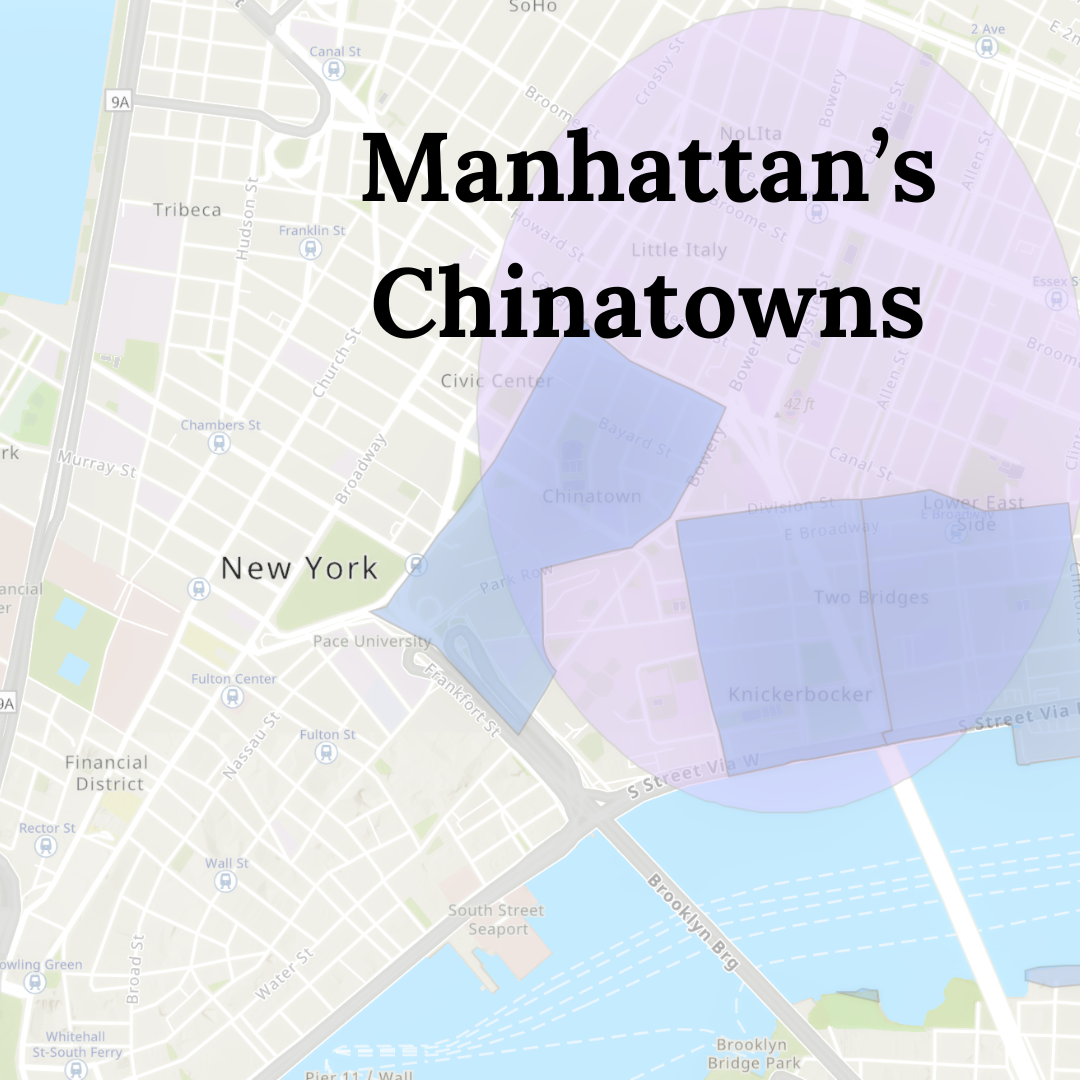
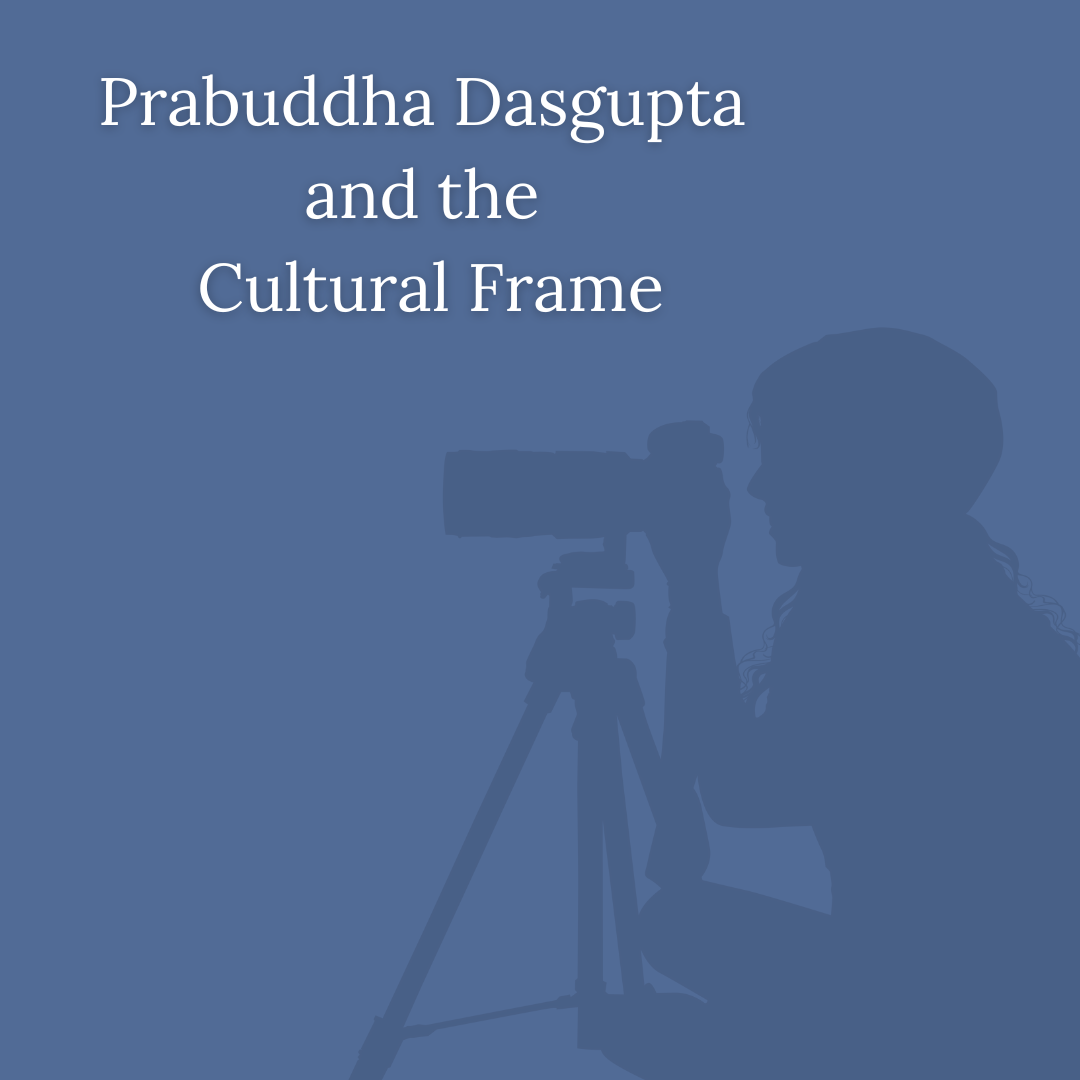
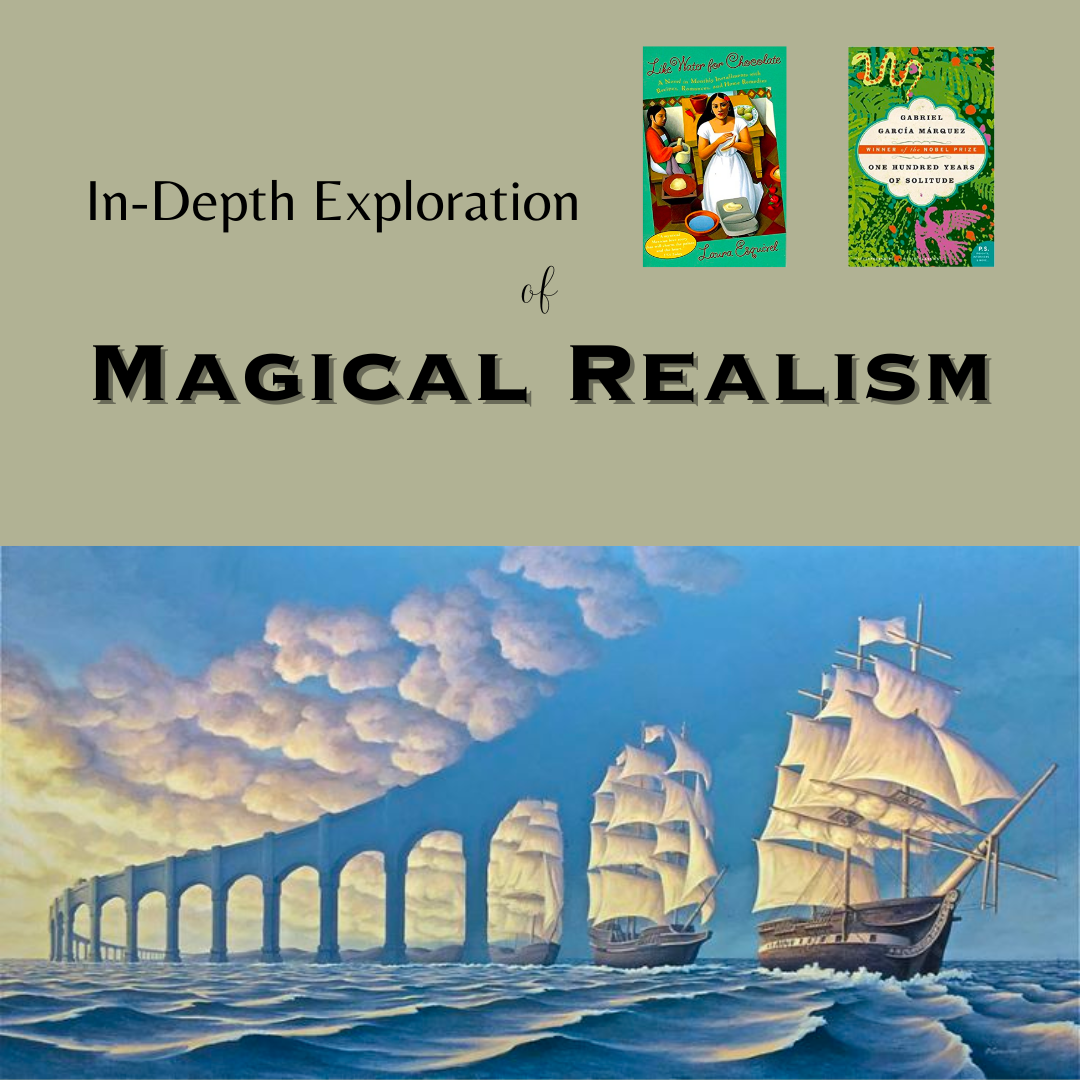
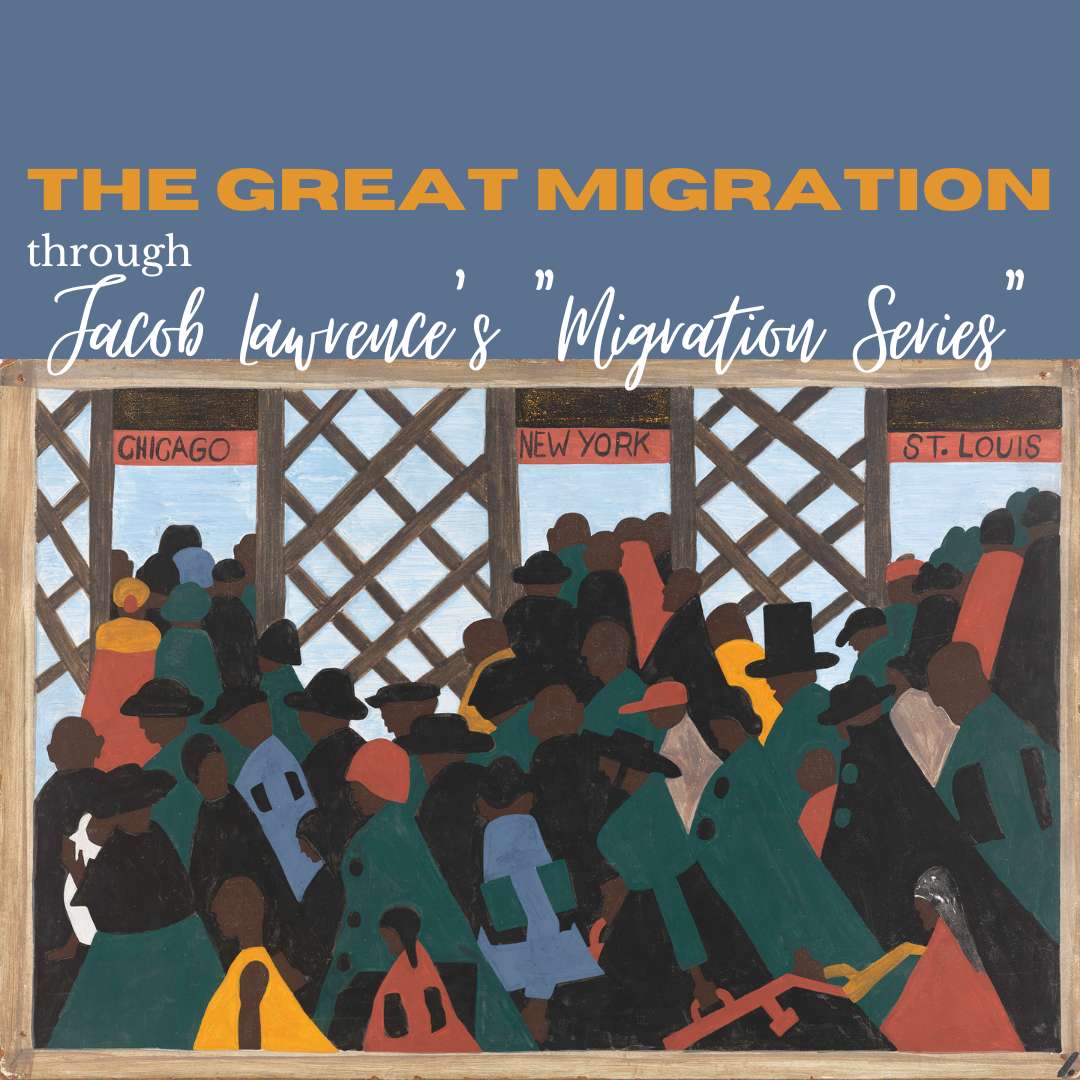


Misogynistic and Antisemitic Coding in TV and Film
Harmful (and positive) societal beliefs do not appear out of thin air. Television, film, and other forms of art can reflect and further perpetuate ingrained societal beliefs. In this lesson, students will explore the ways in which antisemitism and misogyny are ingrained in television and film by exploring four different archetypes of Jewish women. Students will discover how coding can be used to subtly call upon stereotypes by analyzing example scenes. Students will discuss how art can be used to uphold, subvert, or even reclaim stereotypes.
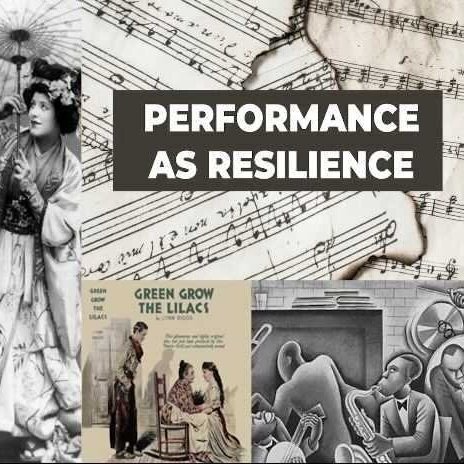
Performance as Resilience: BIPOC Artists Throughout the 1900s-1920s
Throughout this lesson plan, students will learn the histories of BIPOC artists through the 1920s and their contributions to Vaudeville, the Harlem Renaissance, and Silent Film. Using primary and secondary sources from multiple media types, students will engage in rigorous discussion and creative projects to reinforce learning. Appropriate for history and or arts classes.

Analyzing “The End of White Innocence” by Cathy Park Hong
This 11-12th English lesson plan challenges students to consider themes related to shame, racial identity, and privilege while reading Cathy Park Hong’s “The End of White Innocence.” Videos and a socratic seminar format will educate students about the Immigration and Nationality Act of 1965 and how it relates to Hong’s argument. A creative writing assignment will help students craft their own pieces related to identity using Hong as an inspiration.
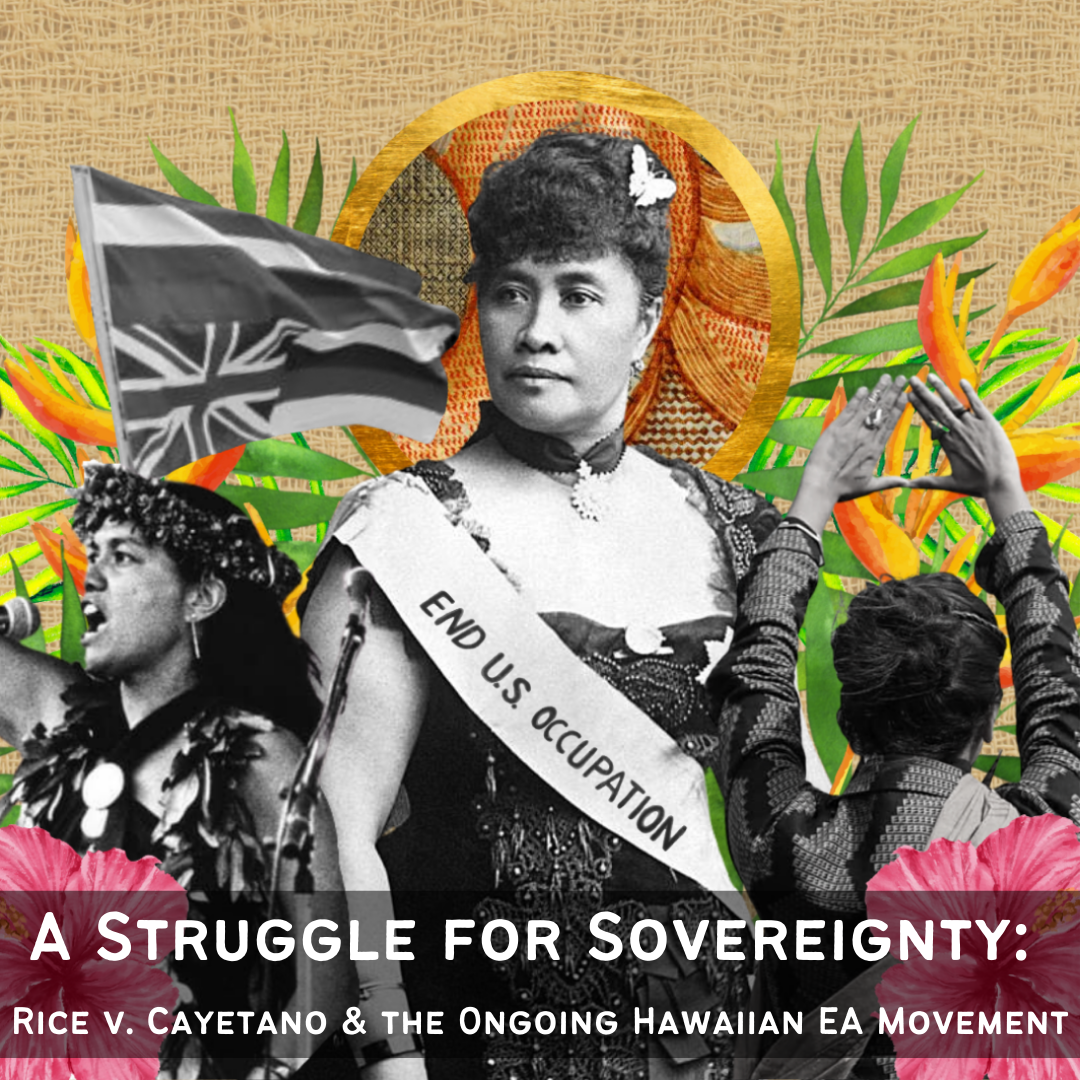
A Struggle for Sovereignty: Rice v. Cayetano & the Ongoing Hawaiian Ea Movement
In this lesson, students will explore the history of the Kingdom of Hawai'i, unearthing the long and ongoing struggle for ea (sovereignty) through the lens of Hawai'ian activists. Students will also engage in a thorough analysis of federal attempts to suppress Hawai'ian sovereignty through the Rice v. Cayetano Supreme Court Case.

A Tale of Two Cities: Bronzeville, Little Tokyo & Post WWII Racial Geographies
In this lesson, students will engage with a key text to explore the impact of structural racism through the lens of state-sanctioned displacement, WWII Japanese Incarceration, and pervasive anti-Blackness within the Bronzeville/Little Tokyo neighborhood of Los Angeles.

Interior Chinatown
This lesson plan series centers Charles Yu's novel Interior Chinatown, and is appropriate for high school English classes like American Literature or AP Literature. The story is written in the format of a script and follows a man who is forced to play the part of "Generic Asian Man" on a cop show. The book addresses anti-Asian stereotypes in American culture and media, race, the institution of police in America, gender, and class. The unusual narrative style of the book invites discussion about how narrative can further the plot and message of a book.
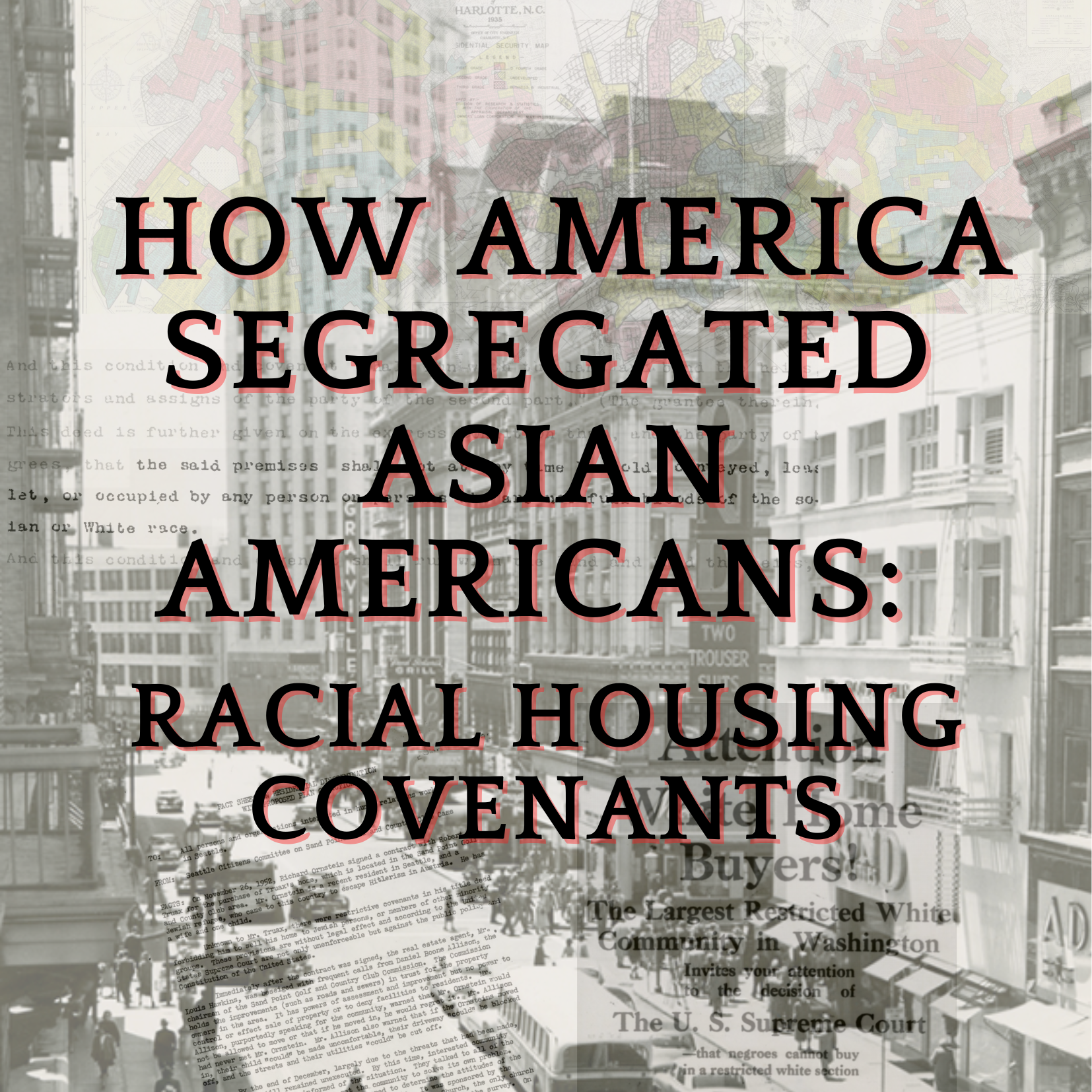
How America Segregated Asian Americans: Racial Housing Covenants
In this lesson, students will learn about racial housing covenants, a tool used by the FHA and landlords all over the country to residentially segregate Asian Americans and other marginalized groups for the better part of the 20th century. By examining primary and secondary resources, including Supreme Court cases and racial covenants themselves, students will explore the role of de jure policies in perpetuating socio-economic disparities among Asian Americans.

1974 San Francisco Jung Sai Workers’ Strike
In this lesson, students will develop a nuanced understanding of how the labor struggle extended into the 20th century by analyzing the 1974 Jung Sai Workers’ Strike and exploring the labor environment that catalyzed the strike. Students will compare and contrast the event with other American strikes by engaging with a variety of primary and secondary sources regarding labor strikes.
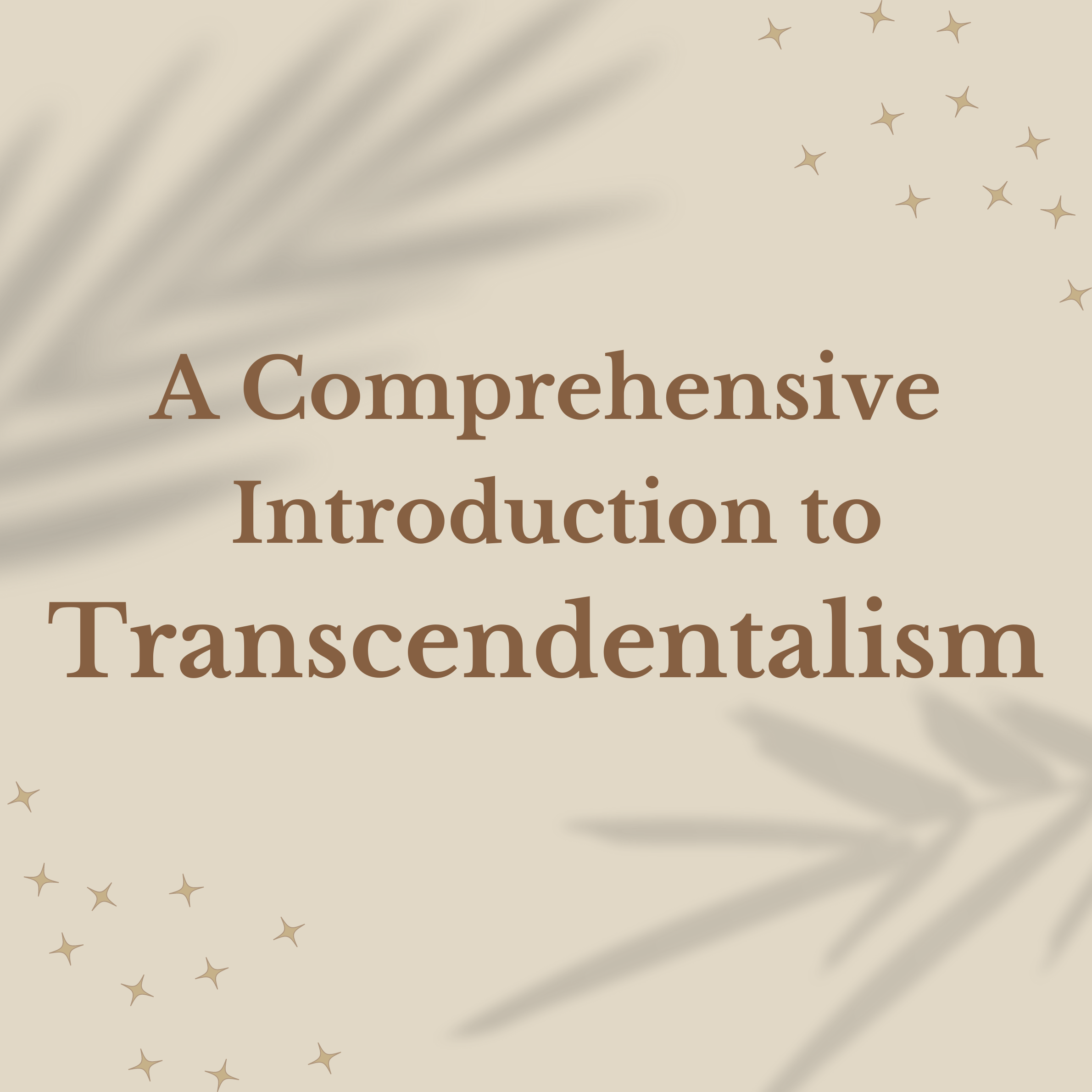
A Comprehensive Introduction to Transcendentalism
In this lesson plan, students will learn about the literary Transcendentalism movement in America, from the key concepts and characteristics of Transcendentalism to the most important figures of the movement. Students will practice literary analysis through SOAPSTones, reflective journaling, class discussion, and rhetorical analysis. Additionally, students will learn about the Asian cultural and religious ideologies that influenced Transcendentalism (e.g. Hinduism and Confucianism) to develop a comprehensive understanding of Transcendentalism’s origins and impact.
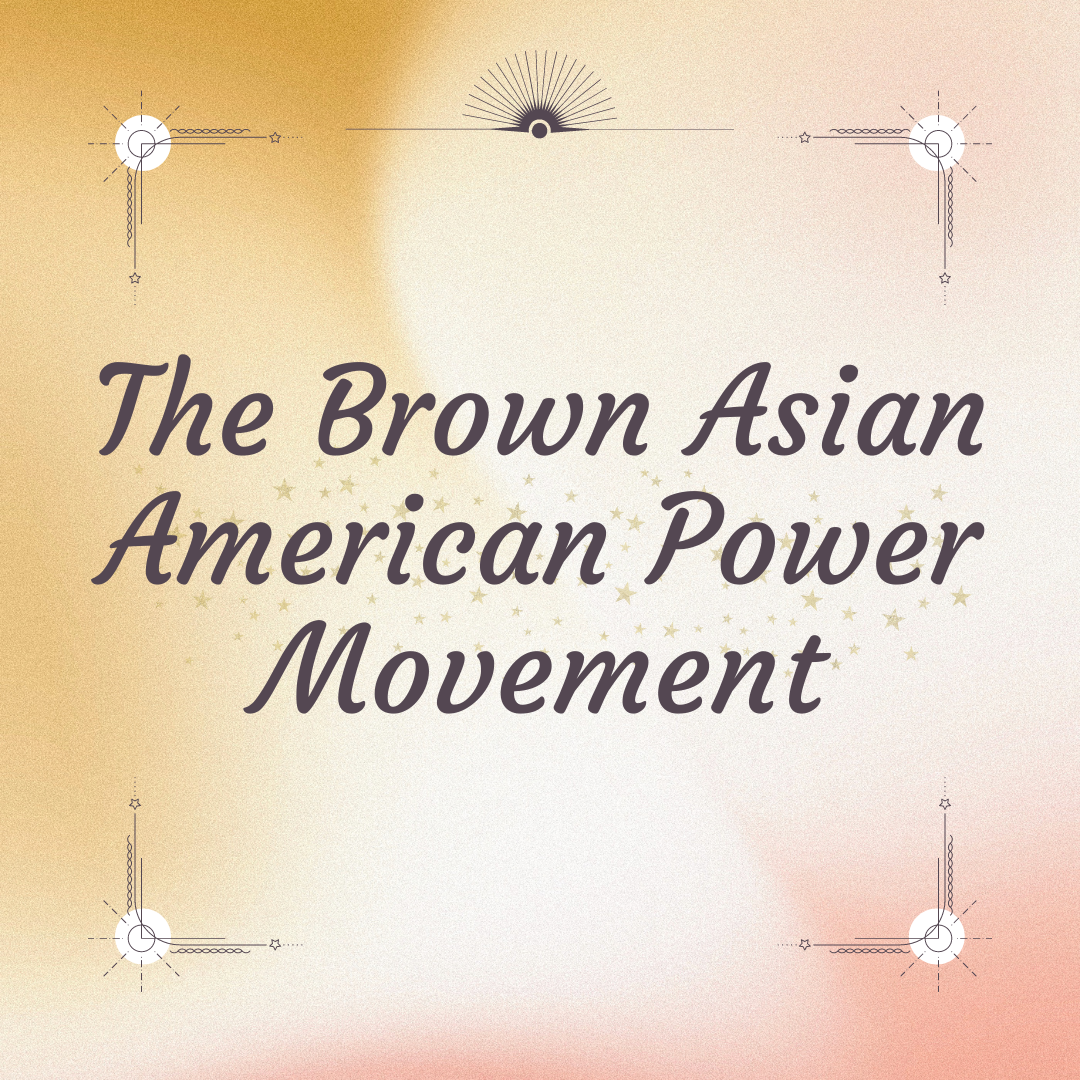
The Brown Asian American Power Movement
In this lesson plan, students will explore the under discussed Brown Asian American Power Movement. Students will learn how the South and South East Asians experience othering by East Asian groups as well as non-Asian groups, as well as the history of how Asian American social justice movements emerged. This lesson plan will also build student’s skills in literary analysis, argumentative writing, and research.

Ethnomath: Geometric Translations
In this lesson plan, students will learn about geometric translations in Maasai blankets and other African textiles. Students will have the opportunity to practice the concept of geometric translations while exploring these beautifully bold and colorful patterns. This is one of three geometry lessons that focus on ethnomathematics.

Ethnomath: Geometric Reflections
In this lesson plan, students will learn about geometric reflections in Adrinka symbols. Students will have the opportunity to practice the concept of geometric reflections while exploring these powerful and beautiful symbols. This is one of three geometry lessons that focus on ethnomathematics.
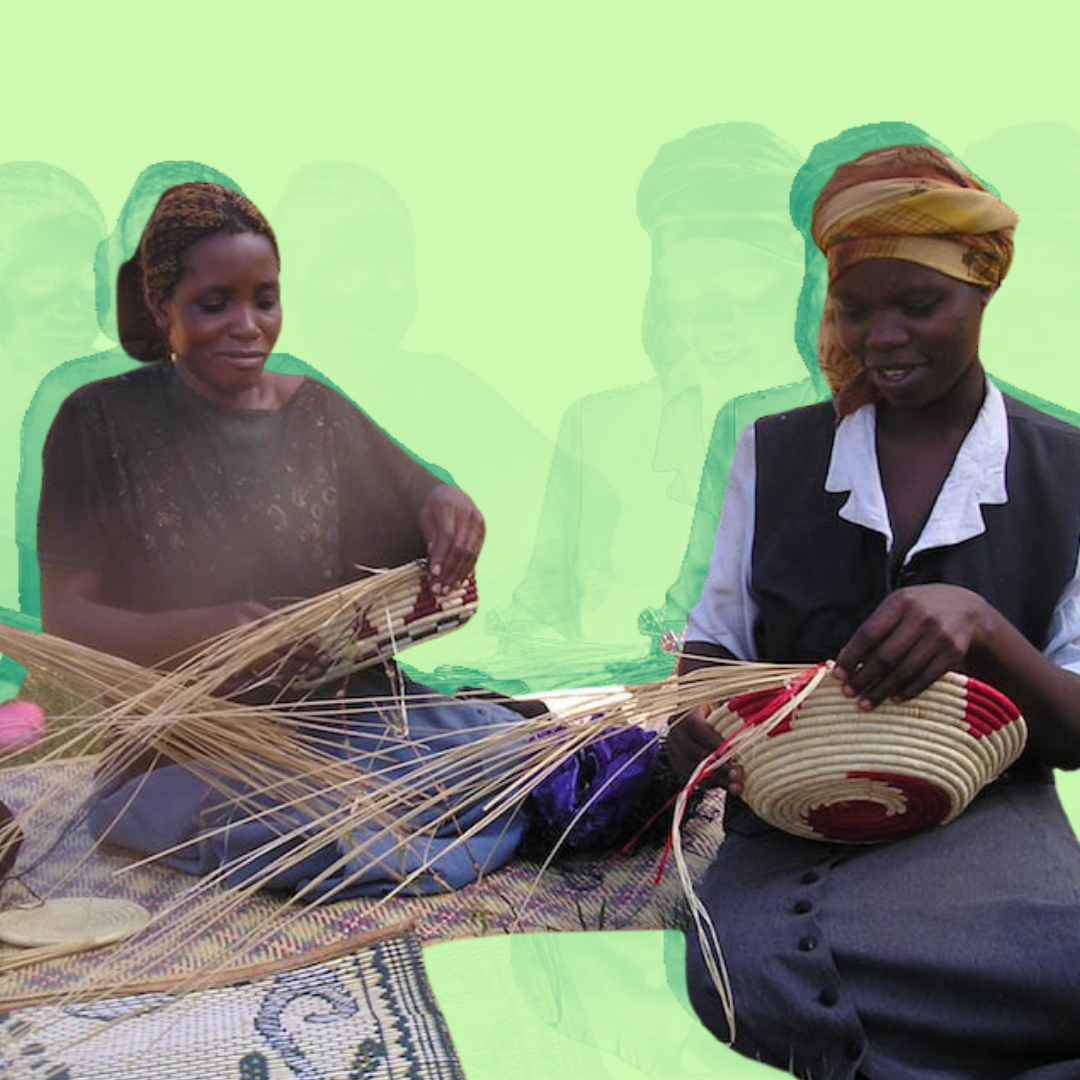
Ethnomath: Geometric Rotations
In this lesson plan, students will learn about geometric rotations in Ugandan and African baskets. Students will have the opportunity to practice the concept of geometric rotations while exploring these beautiful and functional baskets. This is one of three geometry lessons that focus on ethnomathematics.

Biology, Society, and Policy
This lesson plan is designed as an interdisciplinary exploration of the role of biology in the real world, both throughout history and today. Through guided discussions and small group research, students will discover the intersections between biology, society, and policy and become more aware of how science impacts their everyday life.

Exploring LGBTQ+/Immigrant Narratives Through Music
In this lesson plan, students will explore the various intersections between queerness, race, immigration, and gender identity through the literary analysis of music and other forms of educational media. Students will make connections to the general phenomena associated with being an immigrant and being part of the LGBTQ+ community while thinking critically about the identities of each respective group.
Ideas for future lesson plans or topics? Want to share your knowledge and collaborate with Diversify Our Narrative?

